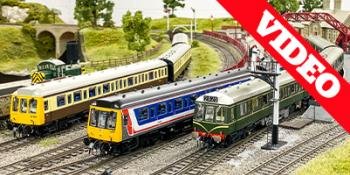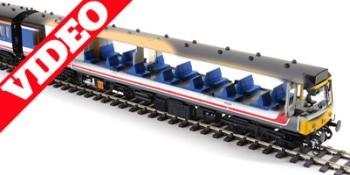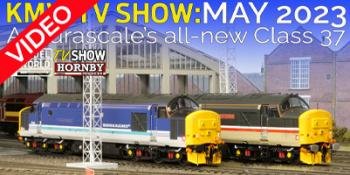One of the longest-lived of the first-generation DMUs was the Pressed Steel-built Class 117, intended for the Western Region but later used in many other parts of the country. EVAN GREEN-HUGHES delves into the history of these highly regarded trains.

Above: A pair of Pressed Steel Class 117 DMUs pass the ‘HMV’ factory as they depart Hayes & Harlington forming the 2.42pm Paddington- Reading service on October 19 1963. Brian Stephenson.
THE IDEA of using Diesel Multiple Units to cut costs and increase ridership on British Railways’ local and secondary services pre-dated the Modernisation Plan of 1955, with the first trains actually taking to the rails in 1954. Three distinct types of DMU were proposed. The first was a ‘go-anywhere’ low-density type which could be used for secondary services, the second was for use on cross-country work where a greater level of comfort was required while the final type would be for the use of short-haul commuters.
The 1955 plan contained a proposal for the use of diesel railcars (as they were then known) on much of the suburban network of the Western Region, including the lines emanating from Paddington and those around Birmingham and Cardiff. These very large number…





